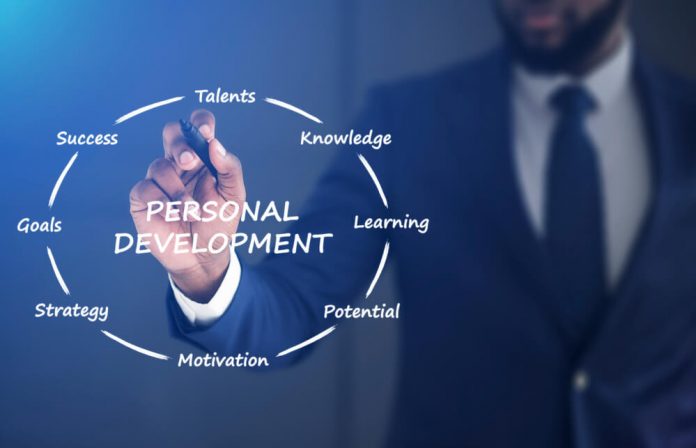
As 2022 drew to a close, HR leaders continued to grapple with a range of challenges as they forged a path to success in a market characterized by significant uncertainty. But the highest-performing HR leaders continue to be as resilient and resourceful as ever.
These leaders were able to shift with the moment: from evaluating hybrid working models in search of the best approach for their employees and their business, to supporting employees as they reassess their relationship with work, to a model that now brings engagement and retention into sharper focus. Real investment (even with tighter budgets) in learning and development is seen as the critical component to building the workplaces that future relevance demands.
The Lattice 2023 State of People Strategy Report, which surveyed more than 800 HR leaders from around the world, sheds light on the critical importance of learning and development programs as companies shift their focus from hiring toward retaining and engaging high performers.
What we found:
- Nearly two-thirds of HR leaders are prioritizing retention over talent acquisition
- 86 percent of HR teams say they’re putting more effort into improving employee engagement
- High-performing teams are more likely to have a clear, structured approach to career pathing
- Despite how attractive a career development path is for employees, only one-third of HR leaders believe their people can easily see and understand growth paths within their organization
3 Key Takeaways
Takeaway #1: Career development is a necessity to engage and retain top talent, not a perk.
Workers are no longer afraid to look elsewhere if their learning and development needs aren’t being met, and this goes way beyond promotions, titles, and workplace training programs. It’s about offering ongoing learning opportunities—a clear pathway to professional skills development and an environment that supports personal growth.
High-performing HR teams think outside the box. They seek to foster an approach that empowers career development through incremental changes to tasks, projects, and responsibilities that adapt to the unique needs, interests, and ambitions of individuals.
Instead of waiting for the next step up the ladder, this process of continuous career enrichment ensures employees see development as part of their everyday experience at work. This, in turn, boosts engagement and retention.
Takeaway #2: Growth is not a business objective, but a holistic people-centric one.
As many as 47 percent of employees could be actively looking for a role with better growth opportunities.
The fact is, people today want a career, not a job that’s viewed as a transactional process. They want companies to invest in their growth, and, in return, they’ll stick around for the long haul. It’s an attractive proposition for people to be part of a business that views their growth and development holistically, with processes and frameworks in place to support that.
A holistic approach to learning and development ties together the three pillars of coaching, experiential learning, and career management. It builds fully developed people and a strong team. And employees who see themselves as part of a team and growing as individuals are more engaged and more likely to stay.
Takeaway #3: If you’re not resourcing and guiding employees’ career-planning conversations, then your company may not be part of their future.
Employees who don’t see clear growth potential in their current role ultimately will turn to opportunities elsewhere. Career paths are proven to increase employee engagement and retain talent. By clarifying what a development path looks like at a granular, individual level, employees can identify opportunities for growth, understand what’s expected of them, and see how to progress.
When employees can envision a long-term career, it boosts the chances of retention. And with clear, defined growth paths, employees are more engaged and motivated to work hard in order to move within the organization.
Lessons Learned
So what lessons can we learn from our data this year?
In a year when engagement and retention will be more important than ever, learning and development will be critical to success in 2023. While HR leaders are ready to tackle the challenges that ultimately will decide if their organizations are future-proof, for many there’s still work to do as they put the processes, programs, and technology in place that will turn managers into leaders, employees into high performers, and companies into the best places to work.




